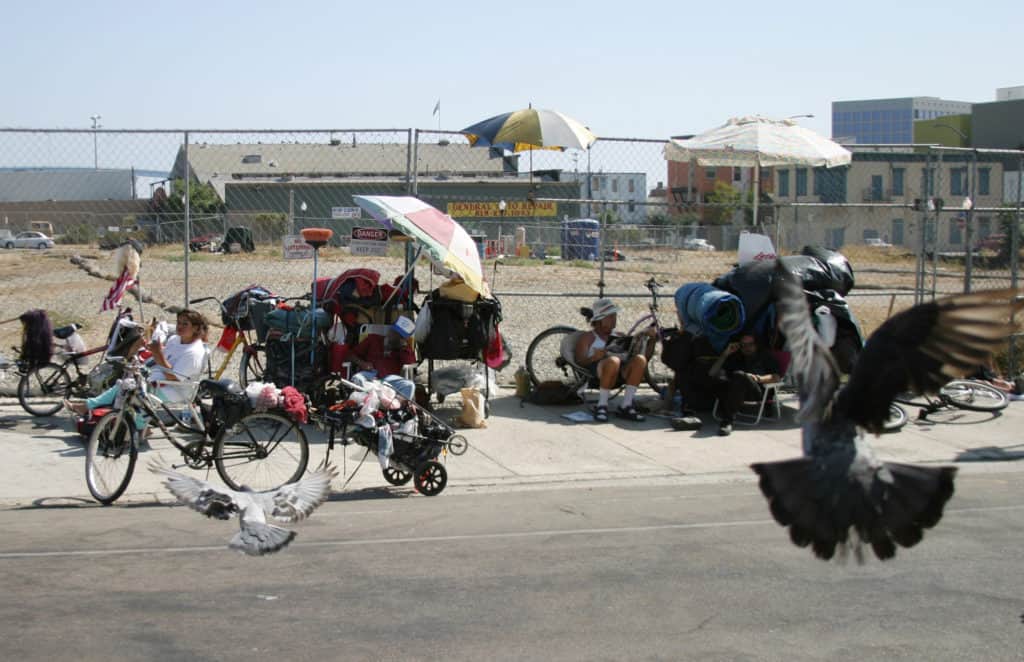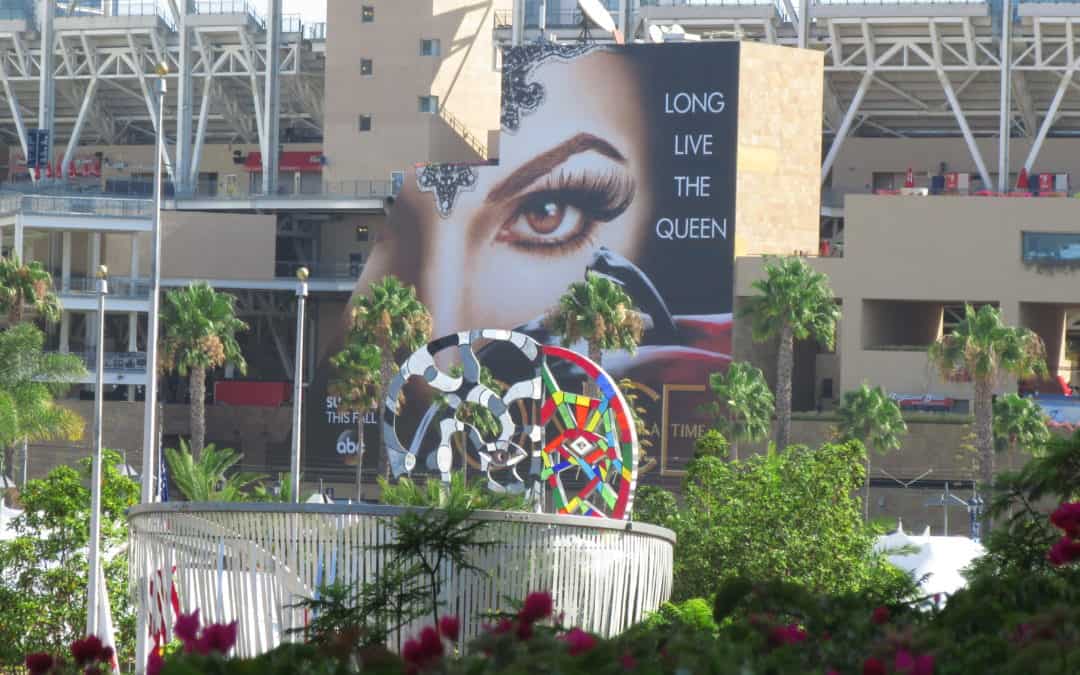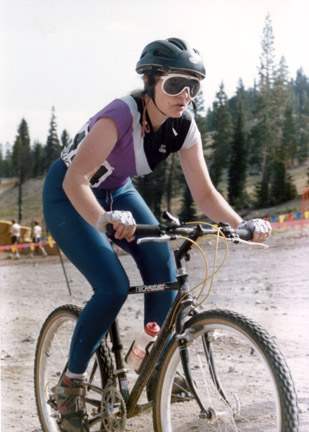Lessons in Photography – by Patty Mooney
Will Eisner’s Last Day in Vietnam – They used a portrait of Will Eisner who glanced up at me with a smile when he was signing autographs at the San Diego Comic Con.
The Acropolis Restoration Project – They asked to use a photograph I took in 1980 as reconstruction of the Acropolis was occurring.
Today’s Technology
Cell phones now have the capability to shoot high resolution photography and video. G5’s boast that they can capture these moments in 8K! But I still prefer having a pocket camera that I can whip out quickly and snap a photo that begs to be taken. Consumer-grade cameras with good resolution are so reasonable right now that you couldn’t afford not to have a camera for your public-relations needs. The model I have, the Canon Powershot 750, paid for itself almost immediately, based on the photographs (and video!) I took with it that have appeared in various online and printed publications. If you have been sitting on the fence waiting for better prices, you can jump down now, get yourself a nice little camera and start snapping.
Lessons in Photography from Henri Cartier Bresson
Once you have camera in hand, you are ready to go and practice some photography. Henri Cartier Bresson, arguably the greatest photographer of the 20th Century, used to say “I don’t take the photograph. The photograph takes me.” For him it was a matter of geometry, sensitivity, spontaneity and intuition.
 San Diego Homeless
San Diego Homeless
Here you see a homeless encampment in downtown San Diego and everything arranged in the photo is very well balanced. in the top third is blue-gray sky, while in the bottom third is gray asphalt. In the middle third, two birds wheel in the sky while behind them several homeless people are seated, and behind them are a line of city buildings.
How to Find Balance
So how do you achieve that kind of balance in your photographs of people, how do you capture that decisive moment?
Here are some tips that will help you improve the quality of your photographs.
1) Fill the frame with your subject. Most amateurs make the mistake of too much “head room.” Get closer to your subject, and eliminate too much sky or ceiling.
2) When you are taking outdoors shots, remember to have the sun behind you. The best time to shoot photos is the hour just after sunrise, and the hour just before sunset, what we call “golden hour.”
Shoot Eye-Level
3) When shooting posed shots of people, do it at their eye level. This includes children, so if they are shorter than you, then scrunch on down.
4) If you are shooting outside, you may want to use a force flash in certain situations; for instance, if your subject is wearing a hat with a brim that is causing a shadow on their face, or if the sun is casting shadows on buildings or people.
Low Lighting Lessons in Photography
5) When shooting in low-light situations, use a tripod. If a tripod is unavailable, then set the camera on a solid surface and use that as your tripod.
6) Because 35 mm film is mostly a thing of the past, and most people are shooting with digital cameras now, you can shoot your photograph as many times as it takes until you feel satisfied with your shot.
Action Photography
7) When shooting people in action, make sure to cover them in both orientations, vertically and horizontally. Depending on to whom you pitch your story and photos, they may prefer one over the other.
8) When photographing people you don’t know, it is best to ask their permission first. If you ever intend to sell the photo, then be sure and get a release form from your subjects. You can find generic release forms by googling “photo release form” and just keep some copies in your photo bag.
Release Forms
9) Many publications like using photos of people that are unidentifiable. For instance, if they are seeking photographs of obese people, you could provide shots of people from the shoulder down, or taken from behind them. In this case, you won’t need any release forms.
10) Go to sites like Flickr and Picasa to see the work of other photographers. You can learn a lot by asking yourself why you like certain photos and dislike others.
Now go forth and photograph!
_______________________________________________________________________









